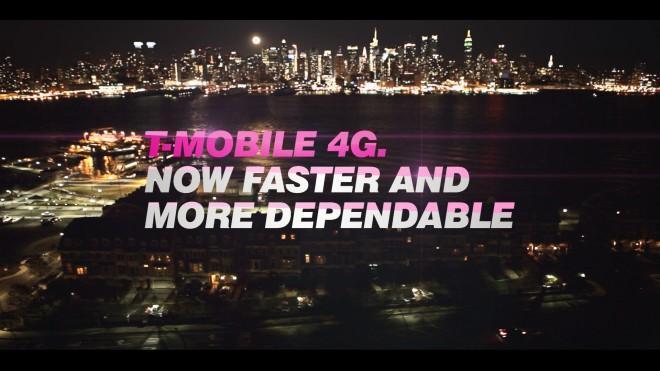T-Mobile’s Network Modernization: What Is It? Where Can I Get Coverage?
T-Mobile’s network modernization project is in full swing, but if my inbox is any kind of indication, there’s still plenty of lingering confusion about what it is and how it benefits you? So let’s go for an informative stroll.
Approximately 90% of T-Mobile’s network traffic is on their 3G and 4G bands, that’s 1700 MHz and 2100 MHz for reference. That percentage leaves their 2G bands, in the 850 MHz and 1900 MHz drastically underutilized. So, T-Mobile came to the decision that the best use of those 2G bands, would be to “refarm” the extra 1900 MHz spectrum from its current EDGE technology to HSPA+. This will not drop 2G 1900 coverage in you area, but will free up some of that spectrum for 4G services.
So what are the benefits of this network modernization project?
- Increased 4G capacity
- Better support for the explosion in data use
- Smoother connections and fewer dropped calls
- Backwards compatibility — if you are out of a 4G area, you’ll fall back onto 2G coverage
- Improved performance for unlocked iPhones and other devices on the network
T-Mobile’s network modernization project will improve approximately all 37,000+ towers the company is operating over the course of 18 months. These changes offer improved voice and data coverage, as well as a 20% improvement to indoor coverage.
So what does the future hold?
Well, we already have a pretty good idea as T-Mobile gears up to release LTE Release-10, also know as LTE Advanced, which is a “newer and more stable technology” than what Verizon and AT&T are now deploying. T-Mobile has already stated Las Vegas and Kansas City will be first, with more than 100 million pops by the middle of the year and 200 million pops in the majority of the top 50 markets by the end of 2013.
As the network modernization progress continues, there may be some temporary minimal impact to your service as coverage is improved. There may be times while construction is ongoing that customers will see a stronger 2G signal than 3G or 4G, or swing back and forth between the two networks. This impact is minimal and common as networks are improved across the industry. Average time to upgrade a tower is 3 days.
Tests have already shown that a 33% increase in HSPA+ speeds is realistic as well as devices like the iPhone 4S testing up to 70% faster on T-Mobile’s network over AT&T.
Hopefully this helps clear up some of the confusion and misunderstanding surrounding T-Mobile’s network modernization project and will showcase the advantages customers will receive when completed.
Currently live locations of 1/11/13:
- Kansas City, KS
- Las Vegas, NV
- Baltimore, MD
- Houston, TX
- Washington, D.C.
- Miami, FL
- Ft. Lauderdale, FL
- Phoenix, AZ
- Mesa, AZ
- Tucson, AZ
- Silicon Valley, CA
- San Francisco, CA
- Oakland, CA
- Stockton, CA
- Modesto, CA
- Atlanta, GA
- Seattle, WA
- Minneapolis, MN
- Chicago, IL
- Sacramento, CA
- Fresno, CA
- Reno, NV
- Anaheim. CA
- New York, NY
- Newark, NJ
- Boston, MA
- Cambridge, MA
- Springfield, MA
- Providence, RI
- Philadelphia, PA
- Detroit, MI
- Warren, MI
- Dallas, TX
- Fort Worth, TX
- Austin, TX
- San Antonio, TX
- Tampa, FL
- Virginia Beach, VA
- Denver, CO
- Los Angeles, CA
- San Diego, CA

